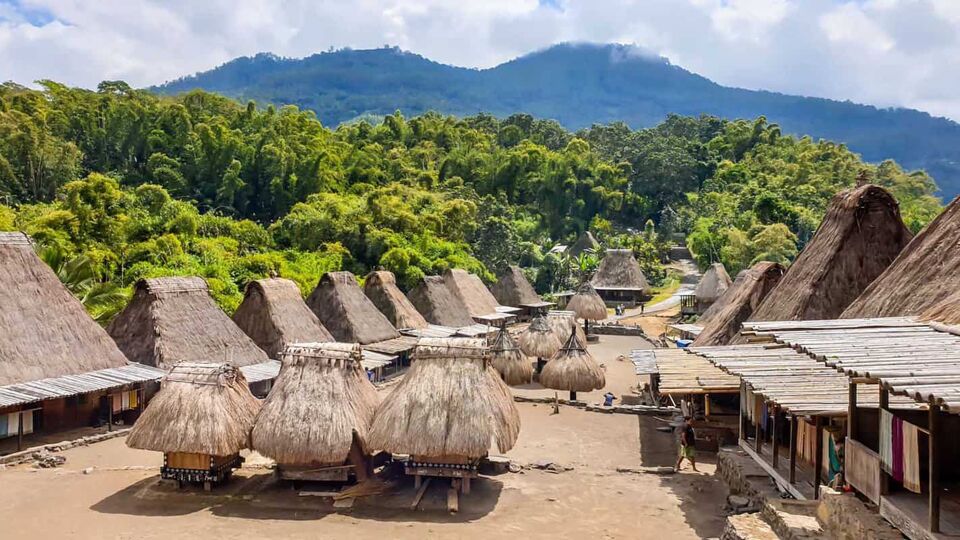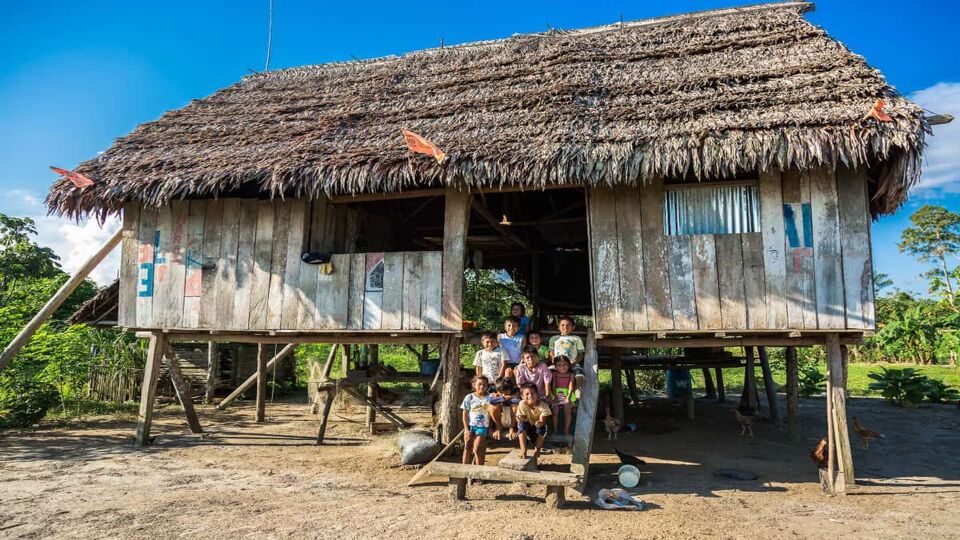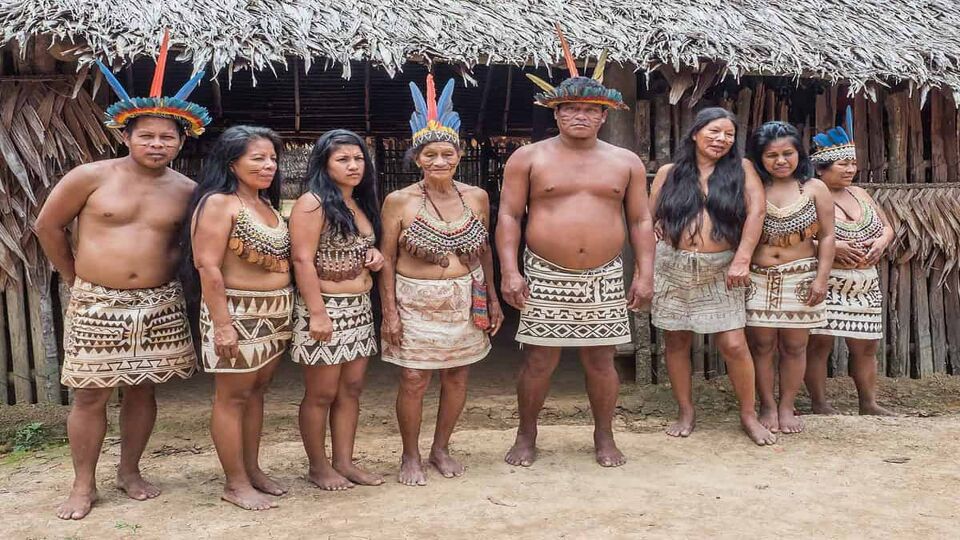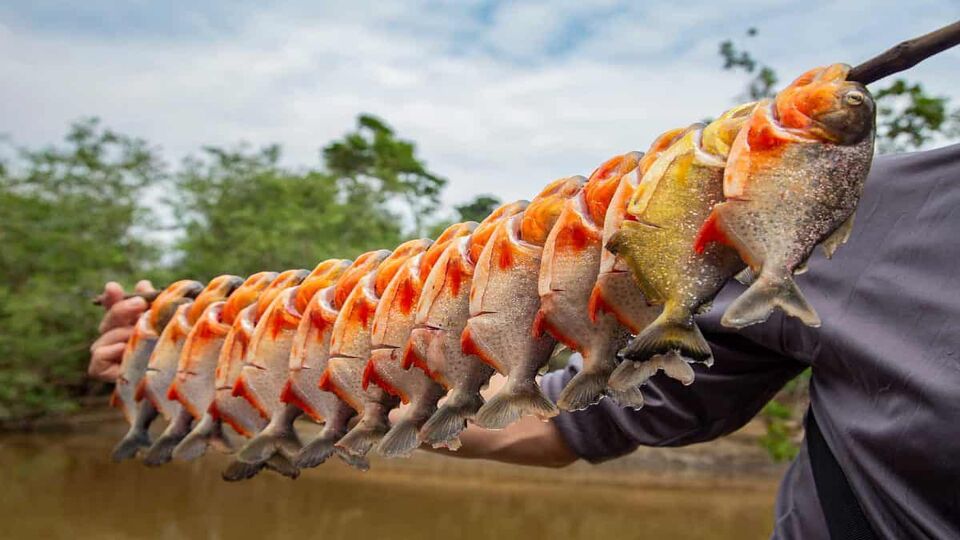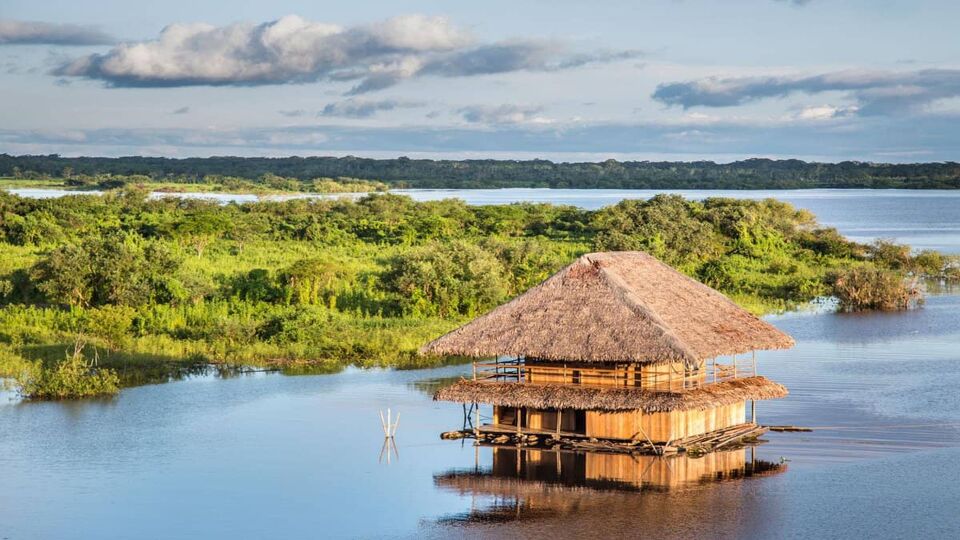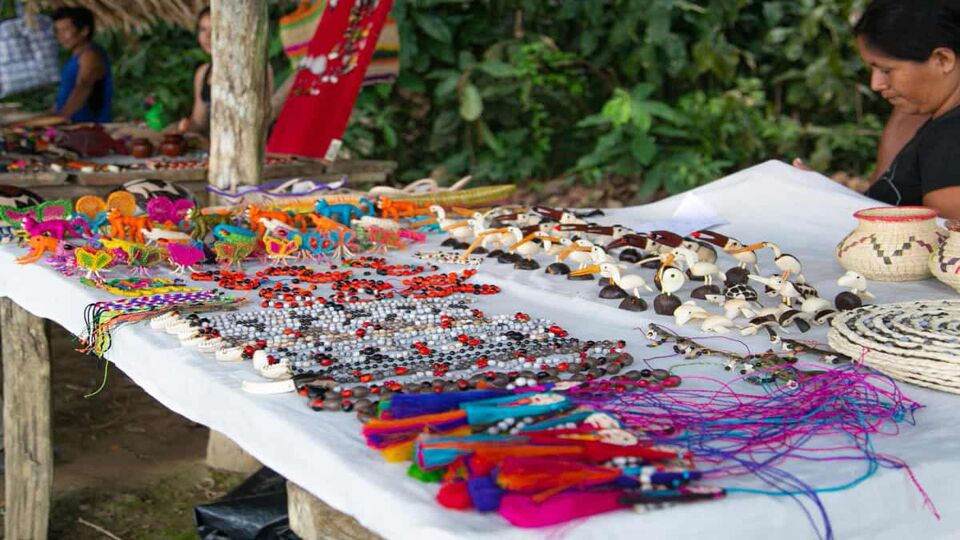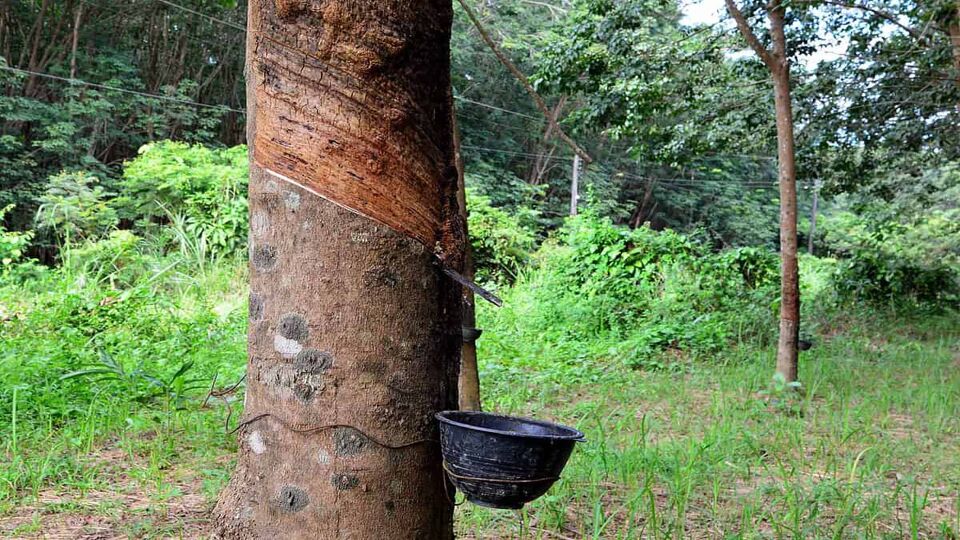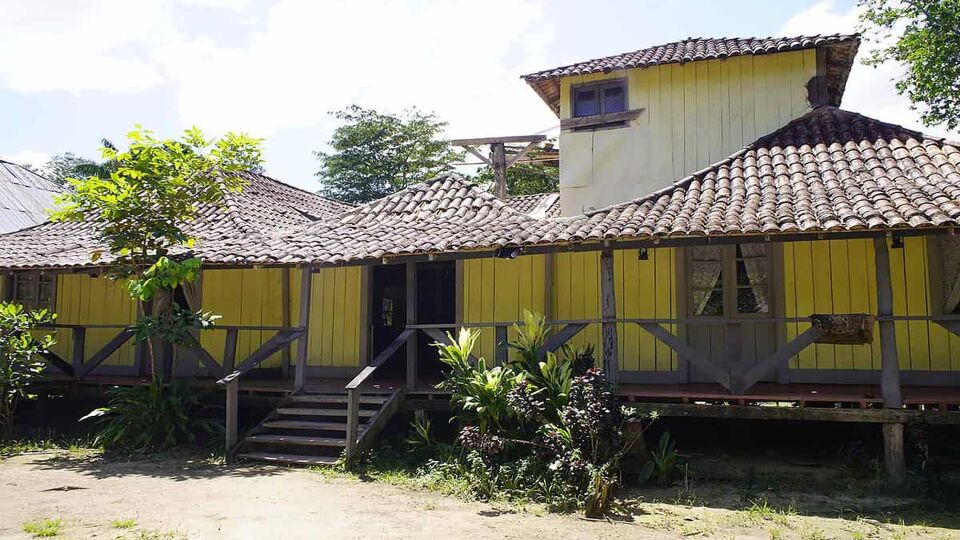
Travel bucket list idea:
Visit an Amazon village
Amazon, Multiple countries
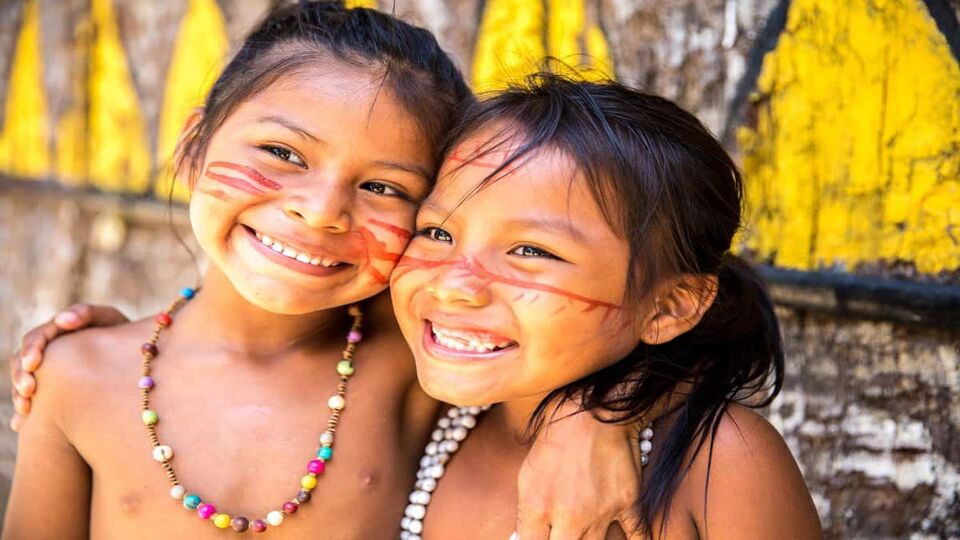
Forest-covered islands with monkeys and macaws calling from the trees, black and coffee-with-milk rivers so wide you can’t see the far bank, floating villages… the landscapes alone make a boat tour in the Brazilian Amazon a must-do. But the best tours show you much more than the lovely landscapes, they offer a window on the lives of people who live in harmony with the forest.
Through hands-on interaction, these tours show how indigenous and caboclo riverine people have hunted and harvested the Amazon without harming its biodiversity; cultivating manioc, brazil nuts, açai and cocoa fruits.
They tell the story of rubber – invented by the Omagua people and briefly during the rubber boom, making Manaus City one of the world’s wealthiest metropolises. And they show you basic survival skills, from how to find water in the forest (from hanging vines) to how to make a natural SOS call.
Logistics
Getting there & doing it
The only way to visit an Amazonian village is on an organised tour. The best are the small group tours run from Manaus or Alter do Chao in Brazil, or Iquitos in Peru – all of which showcase stunning landscapes, allow you to visit local people – living in stilt or floating houses and give genuine insight into rainforest life.
Manaus and Iquitos have the greatest number of options for tours and provide the most interesting historical stories. Both cities were built on rubber boom money; Manaus, with its grand mansions and opera house, is particularly impressive.
Alter do Chao tours are more intimate and offer the chance to visit a living ecotourism project, where villagers live from the production of sustainably produced rubber in pristine rainforest.
Amazon Eco Adventures operate visits to villages and to the Rubber Tapping Museum in Manaus where you can see the process in action.
When to do it
Manaus and Iquitos tours are good all year round, temperatures don’t change by more than three degrees. The Amazon is as magical in the wet – in February the river floods into the trees – as it is in the dry.
Visit Alter do Chao August-December when the roads are clear, spectacular white sand beaches are exposed, and tapir and cheetahs can be seen wandering along the banks.

